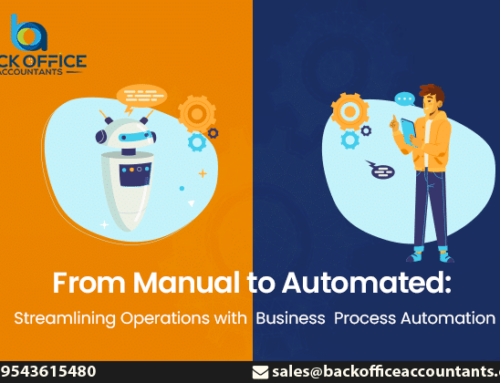The Covid-19 pandemic and the lockdown it forced upon the global world has broken the back of the global economy in more ways than one. Now that we are almost past the pandemic and the economy that is gradually recuperating is a great sign for every business.
While businesses are gradually getting back on their feet, it must be remembered that the repercussions of the pandemic are far farther fetching than any other recession. The pandemic broke the back of supply chains, dented the cash flow of businesses for a long time, forced many businesses to close and file bankruptcy during the lockdown.
Impact of COVID-19 on Accounts Receivable Today:
Even businesses that managed to survive will be impacted by the crippled payment processing capability of the customers which will impact their cash flow too. So every business today must focus on strengthening their cash flow management and the Accounts Receivable process will have to play a vital role to make this happen.
The first step in this process is to be aware of the repercussions of the COVID-19 on Accounts Receivable collection. And the second step adopts the best Accounts Receivable practices that can mitigate the impact and strengthen your Accounts Receivable process.
With the inputs of our Accounts Receivable experts at Back Office Accountants, both these steps will be discussed in this blog, read on to know:
Accounts Receivable Post COVID-19: What changed?
The impeded ability of the firm/business to honour their payment obligations is the single most important change in the Account Receivable process. Every industry has encountered never before AR collectability concerns – but that is not all, COVID-19 will have much more impact on Accounts Receivable.
For example, COVID-19 has transformed the spending habits of the customers post lockdown. While customers were forced to rely on online shopping during the pandemic, research suggests this trend is likely to continue impacting offline sales in the long term. This change in purchase habits does impact the logistics, shipping, management of inventory, even invoices and payments.
Especially the costs of supply and logistics will increase raking up the additional costs impinging the payment ability. Most businesses are highly likely to be in this situation and for them to stabilise and thrive, an effective Accounts Receivable Management becomes crucial. Even the firms whose businesses are not deterred by the pandemic may encounter Accounts Receivables problems due to payment delays or defaults by the clients. The domino effect is apparent when it comes to Accounts Receivable and without adequate cash flow management, your business will be staring at bad debt losses that can hurt your business in both the short term and long term.
As a remote accounting firm, Back Office Accountants has been helping businesses improve their cash flow management with Accounts Receivable. Read on to know a simple plan we recommend every business looking to improve their Accounts Receivable collections.
Best Practices to Strengthen Accounts Receivable Post Pandemic:
Though mounting Accounts Receivable balances are not new, the impact of the pandemic on businesses posts lockdown will need a stronger and efficient Accounts Receivable management to optimize the cash flow. Some of the best practices businesses can adopt to improve their Accounts Receivable collection and optimize the cash flow include:
- Ensure proper client and billing data: The first step we take as a remote accounting firm when we on board a client is to ensure that the quality of billing and client data is top-notch. This step not only reduces the incidence of further AR problems like payment delays and invoice errors, but it also sets the base for the next step – a thorough Accounts Receivable audit.
- Perform an Accounts Receivable audit: Next step every business can take to strengthen their AR process is to perform an in-depth audit to gauge your current standing. Evaluate and analyze ageing, payment and collection times, inventory turnover and owed amounts on regular basis can help you identify the pain points to craft a Accounts Receivable strategy concerning your goals.
- Evaluate the AR portfolio: Now that you have conducted an audit, it’s time to evaluate the accounts and classify them based on the potential impact of a pandemic on their payment behaviour. At Back Office Accountants we usually classify the accounts into Good, Fair and Poor categories for businesses in strong, good and weak financial positions respectively.
- Consider discounts and renegotiation of payments terms: Based on the classification a business may consider giving early-bird discounts to businesses in good and fair categories to further encourage early payments. One may also offer revised payment plans to businesses facing financial problems and may pose a high credit risk.
The above four practices though effective in improving cash flow they need a seamless Accounts Receivable management process which most businesses lack; if you are one of them then, Back Office Accountants is here to help.
Powered by advanced automation tools and software, our Accounts Receivable experts specialize in crafting and executing an effective Accounts Receivable process in line with your cash flow and business growth goals. For more information on our Accounts Receivable Services, you can contact us here: https://www.backofficeaccountants.com/







